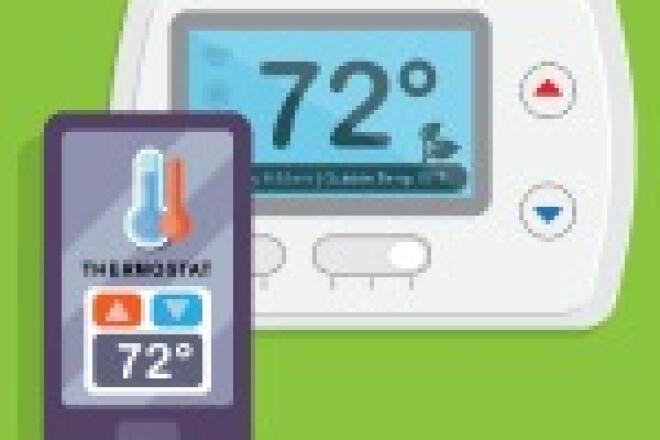
3 Smart Home Devices You Might Not Know
Although smart home devices are still relatively new technologies, many of them – such as a Nest thermostat, Ring doorbell, Philips Hue bulb or Amazon Echo smart speaker – have already become household names.
These devices sell millions of units per year and can be found at many large retailers alongside a multitude of other smart home devices, including smart light bulbs, outlets, cameras, appliances, security systems and more.
But with a “smart” version available for seemingly every household item today, there are some that you might not know. Let’s look at three less common smart home devices that have particular relevance to your home’s energy use.
1. Track your electricity use with a smart energy monitor.
While many smart home devices – like a smart thermostat or a smart plug – can give you insights into your energy use, smart energy monitors take home energy insights to the next level.
There’s quite a bit of variety on the exact features of products in this area, but energy monitors typically connect to your home’s electrical panel and provide detailed data through a mobile app – often in real time and often by each appliance.
Energy monitors usually have a relatively high purchase price (the Sense device retails at $299), but if you’re interested in getting the most info about your energy use, these devices may be the way to go. Besides, you might make that money back in energy savings relatively quickly.
2. Power up your electric vehicle with a smart charger.
As consumers increasingly come to understand the benefits of going electric, more and more electric vehicles (EVs) and plug-in hybrids are appearing on the roads each year. In fact, despite the global pandemic, more than 250,000 new EVs were registered in the U.S. last year.
If you’re a current owner of an EV (or you plan to get one soon), you may want to look at purchasing a smart charger for your home. With a smart charger, you can monitor and control your charging via an app, view detailed charging data, control your charging through a smart speaker and more.
You also may be able to set your EV to charge when the cleanest energy’s available, or you could participate in programs from your power company that allow you to save money by charging overnight or other times of lower demand or even earn credits by not charging during peak demand.
3. Use smart ceiling fans to efficiently cool and light the room you’re in.
While all ceiling fans are a great option for cooling rooms in your home without having to blast your A/C, smart ceiling fans can provide you with some additional benefits.
Like other smart home devices, you can control your smart ceiling fan remotely via an app or smart speaker, making it easier to turn off when you leave the room. In addition, one manufacturer says that you will feel up to 10 °F cooler under their smart fan, allowing you to stay comfortable while reducing your A/C usage.
Finally, many smart ceiling fans also come with smart, dimmable LED light bulbs included. These bulbs use 75 percent less energy than incandescent bulbs and can be turned off remotely, which can significantly lower your lighting costs in addition to the savings on cooling.
Smart home devices can be a great way to make your home more energy efficient. If you’re looking to cut back on your power bills during the hot summer months, look into these three less common devices or their more common counterparts, such as smart thermostats, appliances and plugs.
To learn more about the smart home, check out our “Inside the Smart Home” infographic here.



